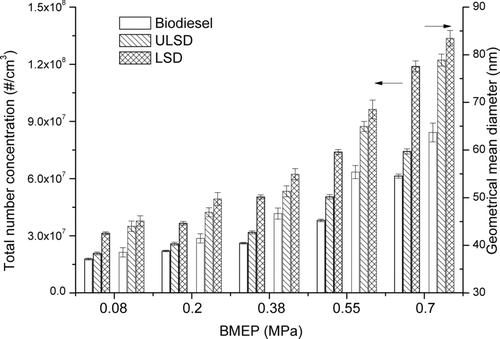Figures & data
TABLE 1 Specifications of the test engine
TABLE 2 Properties of test fuels
TABLE 3 Engine operation condition, exhaust gas temperature (exhaust temp.), air fuel ratio (A/F), and gaseous and PM emissions
TABLE 4 TGA heating program
TABLE 5 Effect of fuel type and engine load on mean size and nanostructure parameters of primary particles
FIG. 3 HRTEM images of primary particles. BMEP = 0.7 MPa: (a) ULSD; (b) biodiesel; (c) LSD; BMEP = 0.08 MPa; (d) ULSD; (e) biodiesel; (f) LSD.
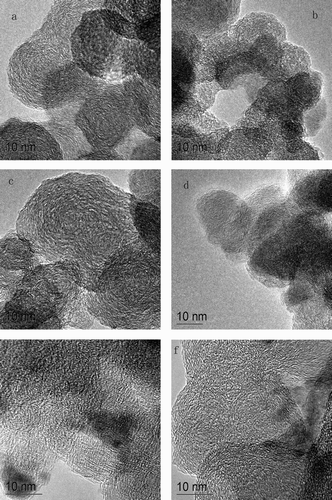
FIG. 4 Effect of fuel type on mass loss obtained from TGA for particulate samples collected at high (BMEP = 0.7 MPa) and low engine load (BMEP = 0.08 MPa).
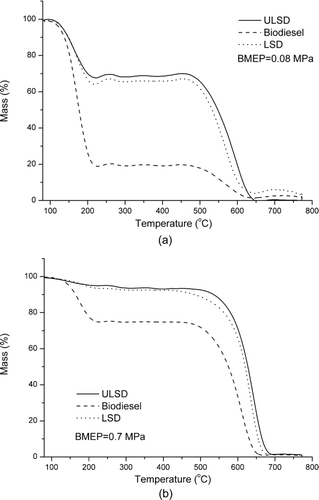
FIG. 5 Effect of engine load and fuel type on the (a) brake-specific emission and (b) mass fraction of volatile substances.
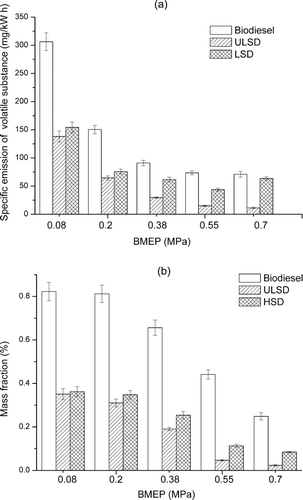
TABLE 6 Effect of fuel type and engine load on kinetic parameters of the particulate samples
FIG. 7 Effect of fuel type and engine load on particle ignition temperature. (Color figure available online.)
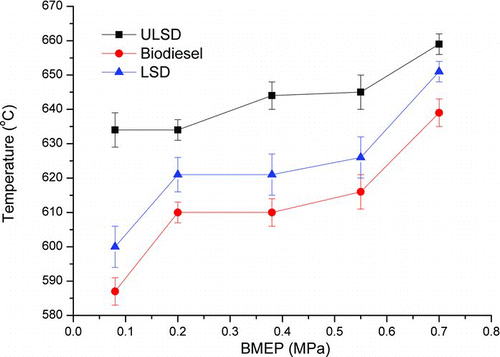
FIG. 8 Kinetic analysis of the mass loss rates. Thick lines, A–F as shown in the inset, show the current work. From top to bottom: (A) biodiesel particle collected at 0.08 MPa; (B) LSD particle collected at 0.08 MPa; (C) ULSD particle collected at 0.08 MPa; (D) biodiesel particle collected at 0.7 MPa; (E) LSD particle collected at 0.7 MPa; (F) ULSD particle collected at 0.7 MPa. Thin lines show previous works: (a) Jung et al. (Citation2005), 25 ppm cerium-dosed case (107 kJ/mol); (b) Jung et al. (Citation2003), lube-oil-dosed case (101 kJ/mol); (c) Jung et al. (Citation2006), pure biodiesel (89 kJ/mol); (d) Higgins et al. (Citation2002) using diffusion flame-generated soot (164 kJ/mol); (e) Higgins et al. (Citation2003), diesel particles with regular diesel fuel (108 kJ/mol); (f) Miyamoto et al. (Citation1988) TGA of uncatalyzed diesel soot (191 kJ/mol); (g) Otto et al. (Citation1980) TGA of diesel particles (142 ± 21 kJ/mol); (h) Ahlström and Odenbrand (Citation1989) flow reactor study of diesel particles (106 ± 7 kJ/mol). (Color figure available online.)
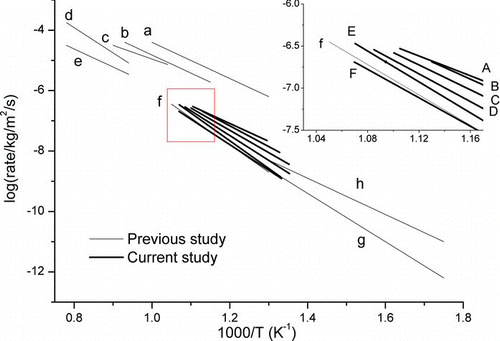
FIG. 9 Correlation between particulate ignition temperature and volatile mass fraction. (Color figure available online.)


